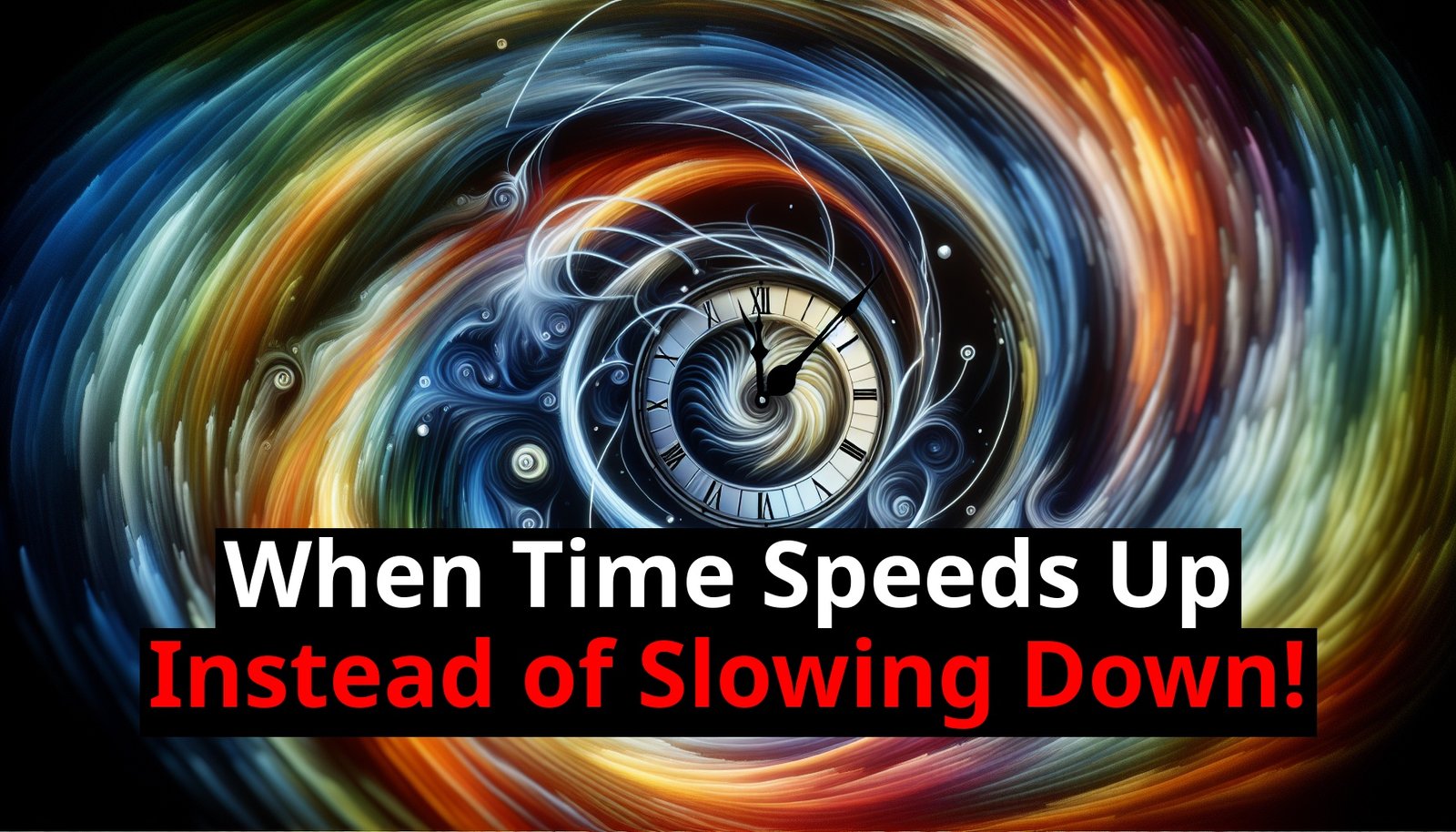Have you ever wondered if time could speed up instead of slowing down? This intriguing idea is more than just a thought experiment—it’s a real phenomenon known as inverse time dilation, which challenges our traditional understanding of time.
Understanding Time Dilation
Time dilation, according to Einstein’s theory of special relativity, tells us that time slows down for objects moving at high speeds. However, under certain conditions, time can appear to speed up.
The Hafele-Keating Experiment
A fascinating example of this is the 1971 Hafele-Keating experiment. In this experiment, atomic clocks were placed aboard aircraft flying in opposite directions around the Earth. Remarkably, the westward-flying clock appeared to tick faster than the ground-based clock, illustrating inverse time dilation.
Broadening Our Understanding of Relativity
This experiment demonstrates that time dilation isn’t always about slowing down; depending on your frame of reference, time can also speed up. Understanding inverse time dilation broadens our grasp of relativity and opens new doors in physics. As we delve deeper into the universe, this concept may play a crucial role in shaping our understanding of time and space.
If this piqued your interest, feel free to share your thoughts in the comments—what other hidden phenomena might we uncover?



